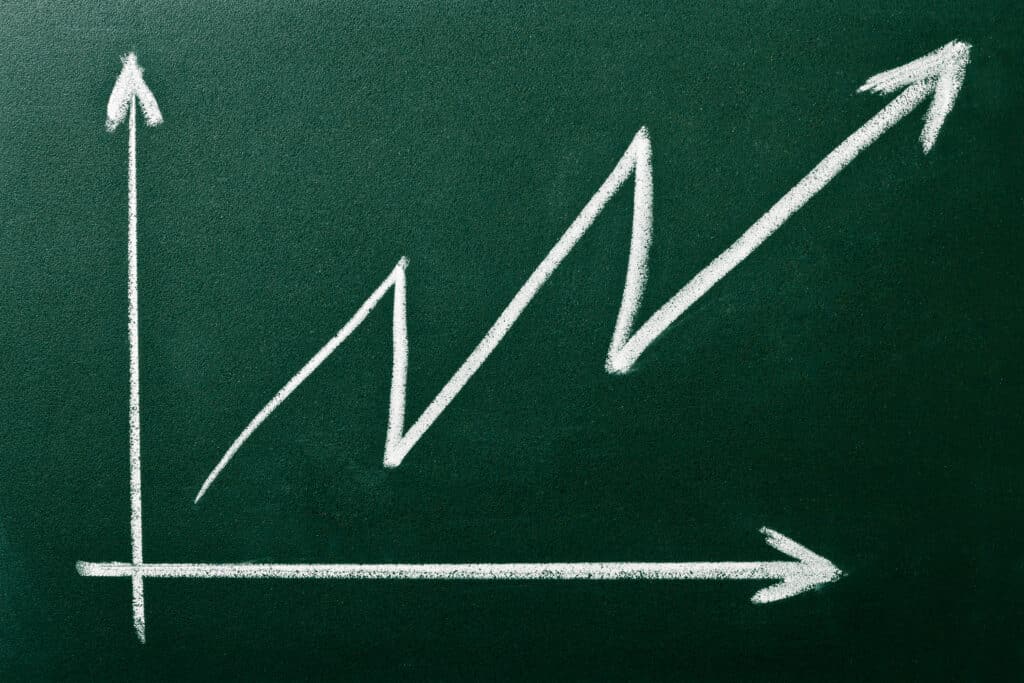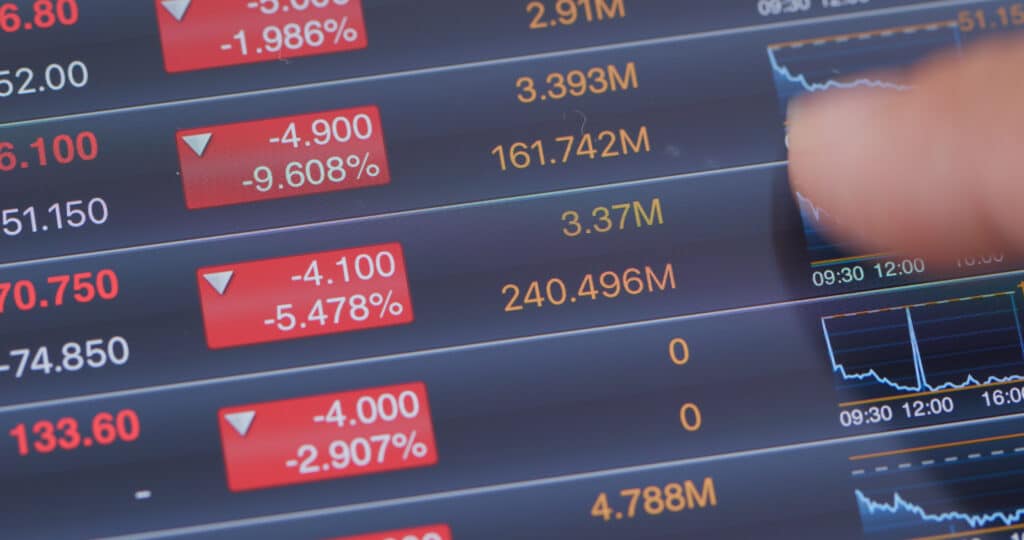The Ultimate Guide to Swing Trading
The Ultimate Guide to Swing Trading
Mastering the Art of Market Timing

Introduction to Swing Trading
Swing trading is a powerful trading strategy that focuses on capturing short- to medium-term price movements in the stock market or other financial markets. Unlike day trading, which involves buying and selling securities within a single trading day, swing trading seeks to profit from price swings that occur over a period of days, weeks, or even months. This strategy is ideal for traders who want to capitalize on market trends without the need for constant monitoring.
In this Ultimate Guide to Swing Trading, we’ll explore what swing trading is, how it works, and how you can apply swing trading techniques to enhance your trading portfolio.
What is Swing Trading?
Defining Swing Trading
Swing trading is a speculative trading strategy that aims to capture price movements (swings) in financial markets. Traders who engage in swing trading attempt to identify the beginning of a trend and ride it until its peak or trough, thereby maximizing their profits. Swing traders typically hold positions for several days or weeks, depending on market conditions and the length of the trend.
Key Characteristics of Swing Trading
- Medium-Term Trading: Swing traders aim to profit from price swings over the medium term, typically holding trades for days to weeks.
- Technical Analysis: Swing traders rely heavily on technical analysis, such as chart patterns, indicators, and volume analysis, to predict price movements.
- Lower Frequency of Trades: Unlike day trading, swing trading involves fewer trades but aims to capture more significant price movements.
- Risk and Reward Balance: Swing trading allows for a balanced approach to risk and reward, as it avoids the hyper-focus of day trading while capturing larger market moves.
How Swing Trading Works
Identifying Price Swings
The primary goal of swing trading is to profit from price swings—whether upward or downward—within a larger trend. Swing traders seek to identify opportunities where they can buy at the low end of a swing and sell at the high end, or short sell at the high end and buy back at the low end.
Example of an Upward Swing
A stock is trading at $50 and starts to rise steadily over the next two weeks, reaching $60. A swing trader would aim to buy the stock at the early stages of the price increase and sell it near the top, capturing most of the upward movement.
Example of a Downward Swing
Conversely, a stock is trading at $75 and starts to decline over the next week, falling to $65. A swing trader may short sell the stock near its peak and buy it back when the price drops, profiting from the downward swing.
Entry and Exit Points
One of the most important aspects of swing trading is identifying the right entry and exit points. Traders typically use technical indicators such as moving averages, Fibonacci retracements, and support and resistance levels to determine these points.
Moving Averages
Swing traders often rely on moving averages, such as the 50-day and 200-day moving averages, to gauge the direction of the trend. When the price crosses above a moving average, it can signal a buying opportunity, while a cross below may indicate a selling opportunity.
Fibonacci Retracement Levels
Fibonacci retracements are commonly used by swing traders to identify potential reversal points within a trend. These levels help traders determine when to enter or exit a position based on historical price retracement percentages (e.g., 38.2%, 50%, 61.8%).
Risk Management in Swing Trading
Risk management is a key component of successful swing trading. Swing traders often set stop-loss orders to limit potential losses and protect their capital. A stop-loss order triggers the sale of a security if it falls to a certain price, helping traders exit a losing trade before the loss becomes too significant.
Example of a Stop-Loss Strategy
A swing trader buys a stock at $100 and sets a stop-loss order at $95. If the stock falls to $95, the stop-loss order is triggered, and the position is sold automatically, limiting the loss to $5 per share.
Profit Targets and Trade Exits
Swing traders set profit targets to ensure they capture gains without holding positions too long. Once the price reaches the trader’s profit target, they can close the trade and secure their gains.
Example of a Profit Target
A swing trader buys a stock at $50 and sets a profit target of $55. When the stock reaches $55, the trader sells the position and captures the $5 per share profit.
Swing Trading Strategies
Trend Trading
Trend trading is one of the most popular strategies for swing traders. This strategy involves identifying the overall direction of a market trend—either upward or downward—and entering trades that align with that trend.
Example of Trend Trading
If a stock is in a clear uptrend, a swing trader might wait for a pullback (a temporary decline within an uptrend) to enter a long position. Similarly, if a stock is in a downtrend, the trader may look for a rally (a temporary rise within a downtrend) to enter a short position.
Breakout Trading
Breakout trading focuses on entering a trade when the price breaks above resistance or below support levels. Swing traders use breakout strategies to catch the start of a new trend.
Example of Breakout Trading
A stock is trading between $90 and $95 for several weeks. If the price breaks above $95 on strong volume, a swing trader might enter a long position, expecting the price to continue rising. Alternatively, if the price breaks below $90, the trader may short sell, anticipating a further decline.
Pullback Trading
Pullback trading is a strategy that involves entering a trade after a stock has temporarily moved against the prevailing trend, offering a better entry point. Swing traders look for pullbacks within uptrends or downtrends to enter positions at more favorable prices.
Example of Pullback Trading
A stock is in an uptrend, rising from $100 to $120. After reaching $120, the price pulls back to $115. A swing trader might buy the stock at $115, expecting the price to resume its upward trend.
Reversal Trading
Reversal trading is a swing trading strategy that aims to profit from trend reversals. Swing traders look for signs that a trend is weakening and could reverse direction, allowing them to enter trades early in the new trend.
Example of Reversal Trading
A stock has been in a downtrend, falling from $80 to $60. The trader notices a bullish divergence on the Relative Strength Index (RSI), indicating that the selling momentum may be weakening. The trader enters a long position, expecting the stock to reverse and rise.
Tools and Indicators for Swing Trading
Moving Averages
Moving averages are essential tools for swing traders. They help smooth out price data and provide a clear indication of the overall trend. Swing traders commonly use the 50-day and 200-day moving averages to determine the direction of the market.
Relative Strength Index (RSI)
The RSI is a momentum oscillator that measures the speed and change of price movements. It ranges from 0 to 100, with readings above 70 indicating overbought conditions and readings below 30 indicating oversold conditions. Swing traders use the RSI to identify potential reversal points.
Bollinger Bands
Bollinger Bands are volatility bands that are plotted two standard deviations above and below a moving average. Swing traders use Bollinger Bands to identify overbought and oversold conditions, as well as potential breakout opportunities.
MACD (Moving Average Convergence Divergence)
The MACD is a trend-following momentum indicator that shows the relationship between two moving averages. Swing traders use the MACD to identify changes in the strength, direction, momentum, and duration of a trend.
Advantages and Disadvantages of Swing Trading
Advantages of Swing Trading
- Flexibility: Swing trading offers flexibility for those who cannot monitor the market constantly but still want to capitalize on price swings.
- Profit Potential: By capturing medium-term trends, swing traders can generate significant profits without the pressure of daily trading.
- Lower Transaction Costs: Swing trading involves fewer trades than day trading, reducing transaction costs and slippage.
Disadvantages of Swing Trading
- Market Exposure: Swing traders are exposed to overnight market risk, including news events or gaps that can affect stock prices.
- Potential for Missed Opportunities: Since swing traders hold positions for several days, they may miss out on smaller price movements that day traders capitalize on.
- Psychological Pressure: Holding trades for multiple days or weeks can create emotional stress, particularly if the trade moves against the trader temporarily.
Conclusion: Mastering the Art of Swing Trading
Swing trading offers a unique balance between day trading and long-term investing. It allows traders to capture medium-term price movements and profit from market trends without the need for constant monitoring. By employing sound technical analysis, risk management, and strategic planning, swing traders can maximize their returns while minimizing risk.
This Ultimate Guide to Swing Trading provides the foundational knowledge you need to get started. Whether you’re new to swing trading or looking to refine your strategy, these principles will help you navigate the financial markets with confidence.
Check out our articles on:
- Introduction to Options Trading
- Mastering Butterfly Spreads
- The Power of Diagonal Spreads
- The Power of Iron Condors
- The Power of Vertical Credit Spreads
Elevate Your Swing Trading Game
Ready to take your swing trading to the next level? Join our community of traders for in-depth education, live sessions, and expert analysis. Sign up today and start profiting from the market’s swings!
Below are the links:
To your success,

Billy Ribeiro is a renowned name in the world of financial trading, particularly for his exceptional skills in options day trading and swing trading. His unique ability to interpret price action has catapulted him to global fame, earning him the recognition of being one of the finest price action readers worldwide. His deep comprehension of the nuances of the market, coupled with his unparalleled trading acumen, are widely regarded as second to none.
Connect with us:






